Secrets of growing hot pepper at home on a windowsill
Bitter pepper is not only a useful spice, which is difficult to do without when preparing meat dishes, but also a bright, beautiful plant that can give joy and admiration. How to grow healthy plants and get an amazing bush with colorful peppers at home? This is not difficult if you know how to choose a variety and properly care for young seedlings.
Varieties and features of the plant
The bushes of hot peppers of the varieties Adjika, Ogonyok, Chile reach a height of 50 cm. On one plant, multi-colored fruits can grow: white, green, orange, purple, yellow. Indoor hot chili - long-liver. The bush can bear fruit for 5-6 years.
It is interesting
In Europe, pots of decorative peppers for Christmas are displayed on the balcony, windowsill, near the house.
In shape, the pods on the bush are round, flattened, similar to a pyramid or cylinder. Chili has long, pointed fruits, and Ogonyok will delight you with cone-shaped, bright peppers. On one plant, about fifty fruits can ripen at the same time.
Hot pepper properties
Both garden red pepper and decorative chili peppers, Ogonyok, Adjika, Indian Summer are used in cooking for preserving and preparing delicious dishes. For those who are engaged in the cultivation of such plants, a balcony or windowsill is also a spice shop.
- The fruits have antibacterial properties and protect the premises from the harmful effects of microbes.
- Vases with the plant are placed on the balcony near indoor flowers, which are affected by aphids and mites. Pests disappear in a few days. Chili peppers do this well.
- Food with the addition of a small amount of pepper improves appetite and boosts immunity.
You can purchase a hot pepper bush in a store or market. In the spring, flower markets sell young seedlings of the Ogonyok, Coral, For Mother-in-law varieties. But it is best to grow hot hot peppers at home from seeds and decorate the balcony and windowsill with elegant bushes.
Secrets of growing hot pepper
Have you decided to grow hot peppers on the windowsill? First you need to choose the type of pepper: indoor or hot red, which grows in the gardens. Some varieties of open ground have shown themselves well in indoor conditions: Chile, Adjika, Coral. They grow well indoors and delight with a rich harvest.
All types of ornamental peppers are designed for indoor cultivation. A balcony is also suitable for successful maintenance. Plants with multi-colored pods look beautiful on the window. The cultivation of bitter pepper Ogonyok, Indian Summer, Bolivia, Dark Olive, Mambo, Medusa will create a bright parade of colors on the balcony.
If you know the secrets of caring for this plant, then it is easy to get beautiful bushes that will delight the eye and give a rich harvest.
- The key to a rich harvest is seeds. Their quality determines the strength of growth and the capabilities of the plant. Seeds that have been stored for a long time will not grow a strong plant. An important point before sowing is seed calibration. To do this, take a glass of warm water, add a tablespoon of salt to it. The water is stirred and waited for several minutes. After pre-drying, sow the part of the seeds that sank to the bottom of the glass.
Important!
Sowing seeds should be calculated so that the first shoots appear in March. During this period, the daylight hours are already long and the plants have enough sunlight for normal development.
- An important point is soil preparation.Hot peppers are undemanding to the soil and grows well on ordinary garden land, but it is better to create comfortable conditions for the plant. Indeed, in the garden soil there can be pests or an infection that will lead to the loss of seeds even before the emergence of shoots. For sowing, purchased peat or a mixture based on it is suitable.
- Moisten the soil before sowing. It should crumble in your hand and be damp. Sow peppers into small containers with holes at the bottom. A bowl or seed pot is suitable for this. Seeds are laid out in a checkerboard pattern and covered with a low layer of earth (up to 2 cm). The earth is compacted, the dish is covered with film or glass.
- For quick emergence of shoots, maintain a high temperature (up to 25 degrees), constant humidity and ventilate. Until the sprouts appear, the soil is not watered, but only sprayed from the sprayer.
- When the first shoots appear, the container is opened and placed in a greenhouse or simply put on the balcony. At this time, it is necessary to ensure that a black leg does not appear: you need to limit watering and not lower the temperature below 22 degrees.
Advice
Some seedlings may have a seed film that sticks together the cotyledons. It cannot always be removed so as not to harm the plant. Try to moisten the skin with water and after a few minutes gently pull it off the leaves.
Pick and plant peppers in a permanent place
They start picking seedlings at home when the third true leaf appears on the plant. The soil is watered so that the entire earthen mixture is saturated, a day before the procedure. Seedlings dive into moist, but not wet soil. It is better to transplant the plants so as not to injure the roots. This can be done with a garden trowel or a regular spoon. After transplanting, the cups are placed in a greenhouse on the windowsill so that the seedlings take root quickly. A new leaf after a pick is a signal that the pepper has successfully rooted and that you can start feeding.
At the first stage, the peppers need nitrogen and potassium supplements for the development of the vegetative system. But do not get carried away: an overdose can destroy the plant.
Advice
Top dressing is carried out one day after watering, with wet soil. Plants with signs of the disease should not be fed. First you need to find out the reason for the poor condition of the bush, eliminate errors in cultivation - and only after that add minerals.
Hot pepper transplant rules
As soon as the roots of the pepper wrap the soil in the cup, they begin to plant in a permanent place. How to do it right?
- For the first planting, take a pot with a capacity of no more than one liter, put drainage on the bottom (expanded clay, bark, pebbles) and pour an earthen pillow. Planting mix is bought in the store.
- The plant is buried so that the root collar is lowered into the ground by no more than 2 centimeters. Over time, the soil will sink, and the root collar will be at ground level. With a strong deepening, the plant may die or enter late into the fruiting phase.
- Top dressing begins two weeks after transshipment. When grown at home, chili peppers react very well to fertilizing with phosphorus and potassium fertilizers, calcium, and magnesium. In order not to get confused with dosages, it is better to buy ready-made fertilizers for indoor peppers. If chili peppers are grown for culinary purposes, it is best to use organic fertilizers.
- At home, for successful fruit setting, it is necessary to shake the bushes during flowering so that pollination occurs.
Advice
Indoor pepper Spark does not tolerate drying out of the soil. It reacts especially sharply to lack of water during flowering. If the soil in the pot is dry, then the plant can shed its buds or ugly fruits will tie.
Drafts and dry air are detrimental to the Chili and Ogonyok peppers when grown at home. Then the plants shed their leaves and hibernate. If this happens, do not be alarmed.You just need to create comfortable conditions on the balcony or windowsill. Then the growth of Chile and Ogonyok will quickly resume.
So, a small step-by-step instruction on breeding hot peppers on the balcony will help even beginners cope with this task. Growing pepper on a windowsill does not require special attention, only it is important to remember that during the sun it is necessary to shade the plant and water it with warm, settled water. We must not forget about the annual transfer to a larger pot - this will allow the bush to build up a healthy root system.
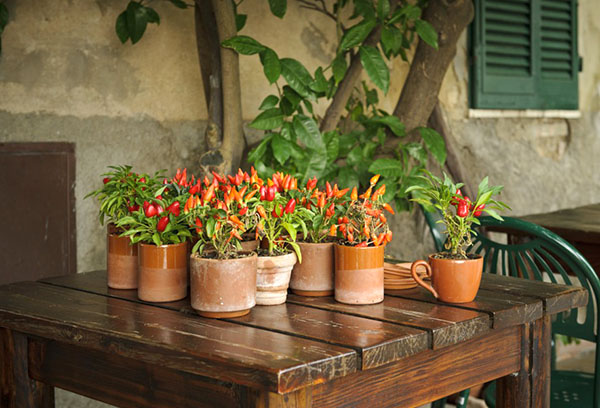
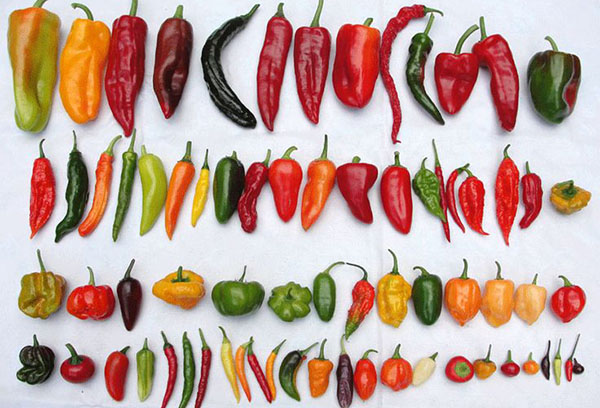
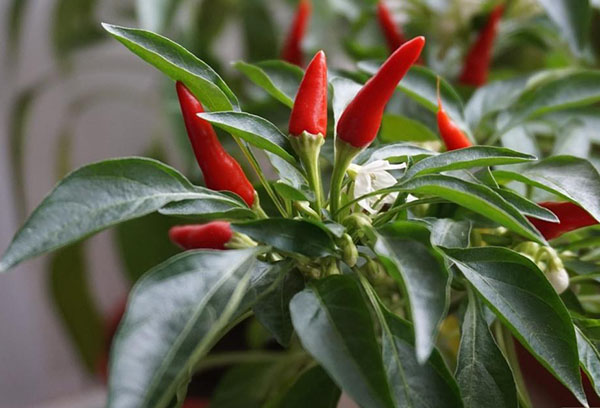
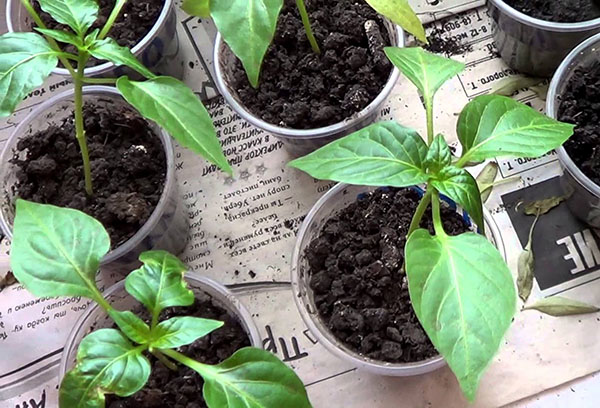
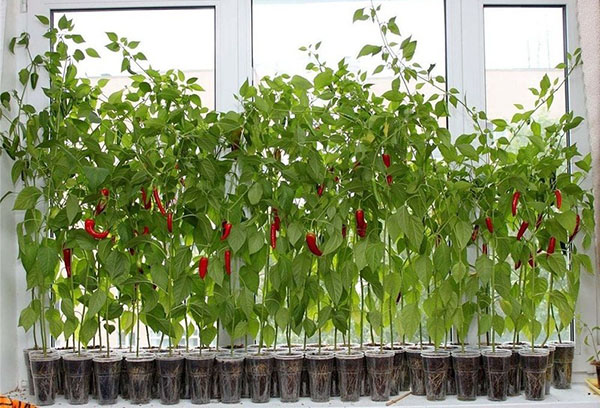
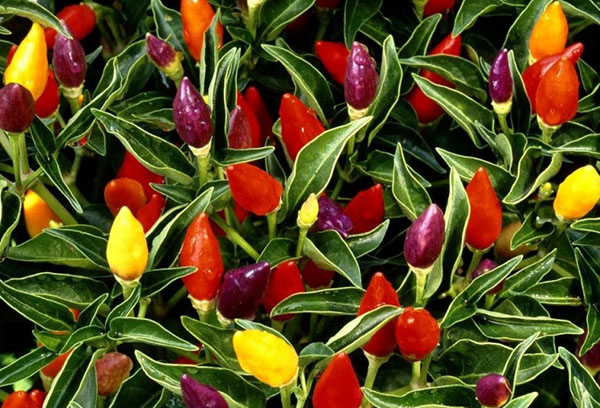
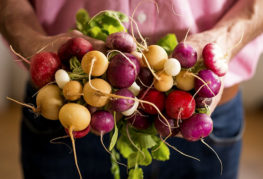
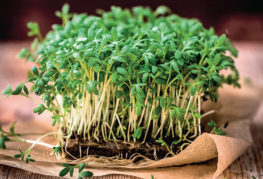
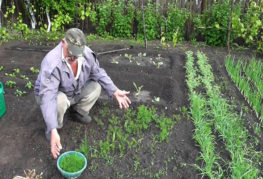

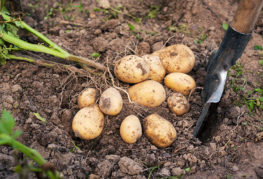
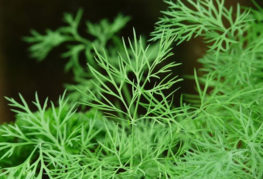
and will be published shortly.